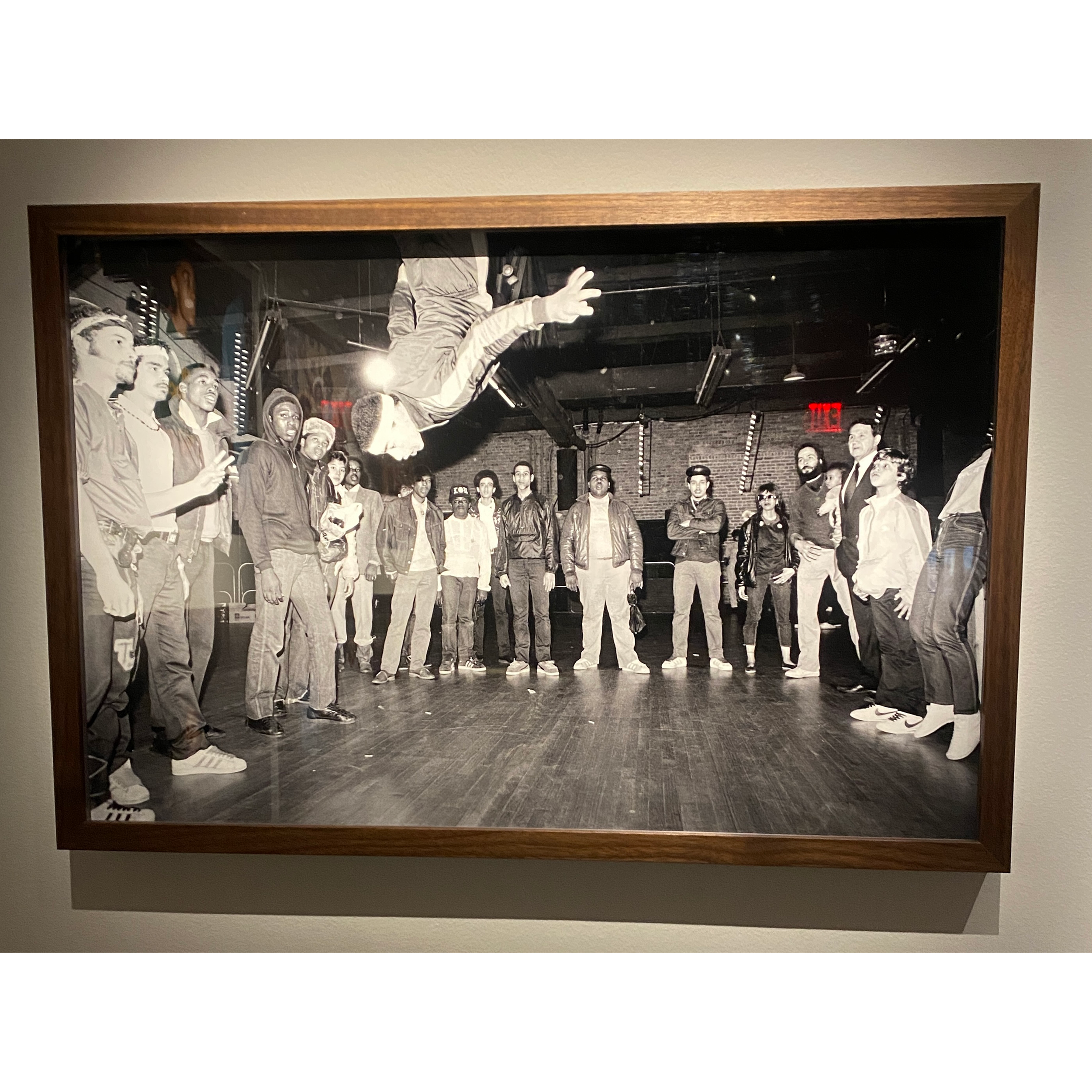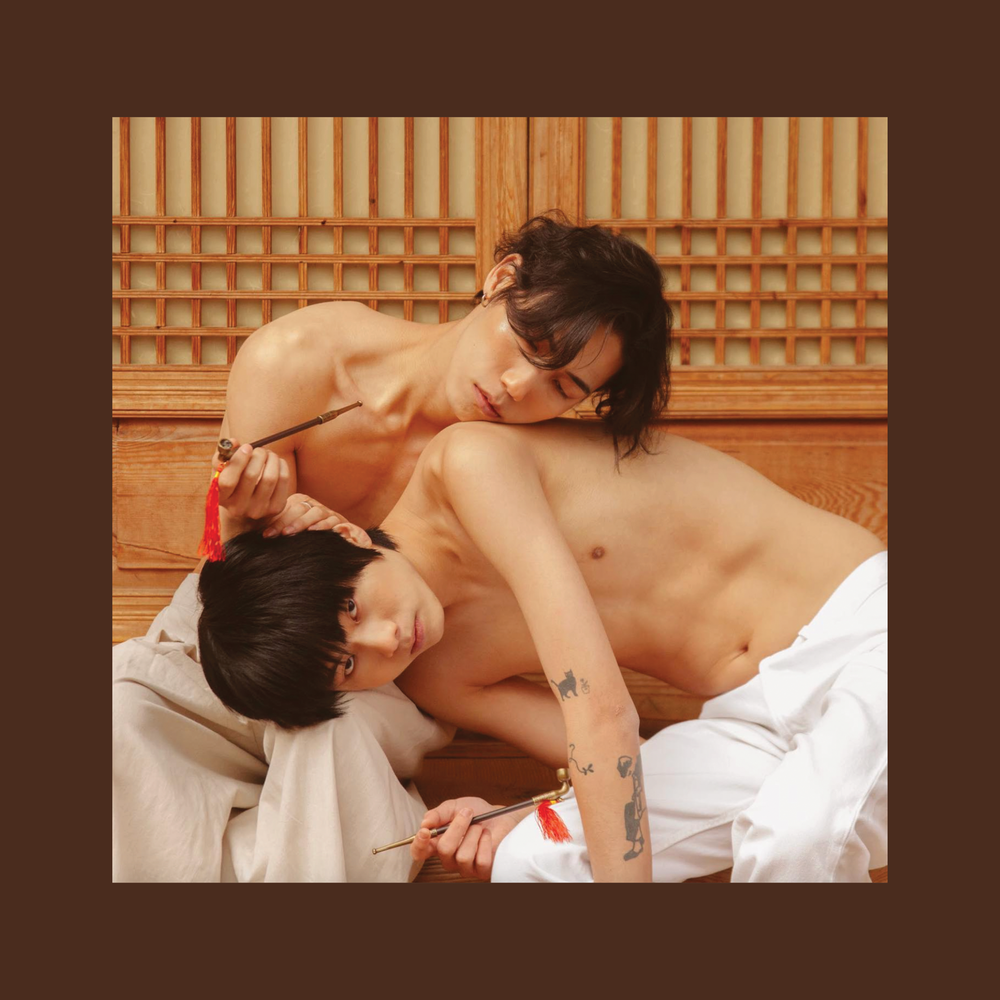Fotografiska Exhibition: Hip-Hop, “Conscious, Unconscious”
The Hip-Hop: “Conscious, Unconscious” exhibition at the Fotografiska Museum is a photographic timeline depicting the cultural genre since its unofficial birth on August 11, 1973. Co-curated by Sally Berman and Sacha Jenkins, the exhibit explores themes regarding women’s role in hip-hop, the genre's regional and stylistic diversification, rivalries, hip-hop becoming a global phenomenon, and looking at the 1970s-Bronx street gangs through a different lens as they contributed greatly to the birth of hip-hop.
The Bronx in the 1970s was full of crime with a scarce supply of money and resources. Children were primarily focused on surviving every day. Many gangs, like the Savage Skulls, controlled different areas of the Bronx. However, despite this, kids' creative drive to make a name for themselves was strong. They began partying in the park, dancing, and eventually making records. Their creativity and expression carried them through their everyday battles. Eventually, the energy of the Bronx began to change and people allowed others to express themselves freely. Whether it was spray painting subway cars or railways, manipulating their parents’ record players to create a scratch, or creating their own dance floors, dreams were created and emotions were expressed through poetry rather than crime.
Not only does the exhibit explore hip-hop in its birthplace of New York City, but it examines the genre manifestations in other major contributing cities as well. Along with New York City, the west coast, east coast, and the South have developed their own unique style and sound under the hip-hop genre. Records were produced in Los Angeles, Chicago, Houston, Miami, Atlanta, Cleveland, and Detroit, as well as in Paris, London, and Tokyo. Listeners heard their poetic language paired with a rhythmic beat and saw art and fashion on the covers.
Fotografiska’s Hip-Hop: “Conscious, Unconscious” is a must-see to understand where the roots of hip-hop were planted. Many elements of today’s modern culture come from the early days of hip-hop. Whether it’s being inspired by the street style, music, or freedom of self-expression of that time, it’s important to know where the inspiration came from to give respect to the original trendsetters.
Article + Images by Angie Hines, Contributor, PhotoBook Magazine
Tearsheets by Alexa Dyer, Graphic Designer, PhotoBook Magazine









